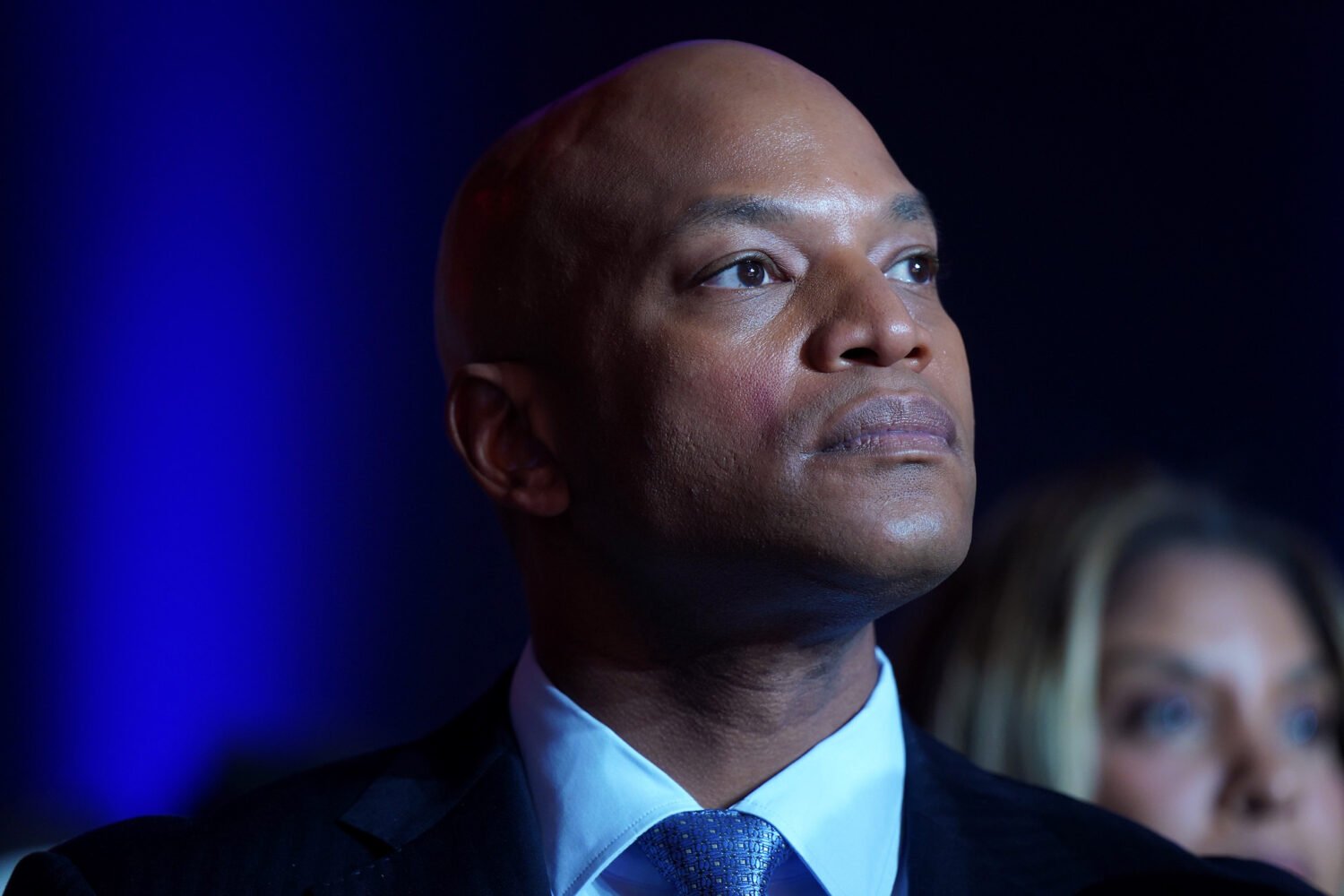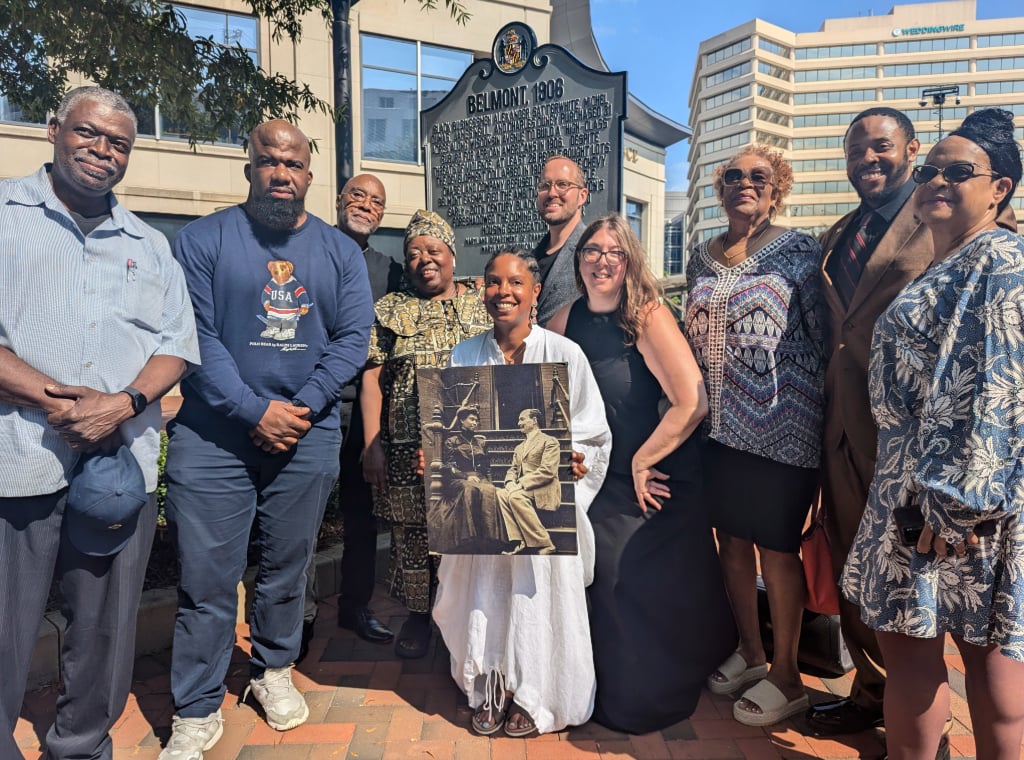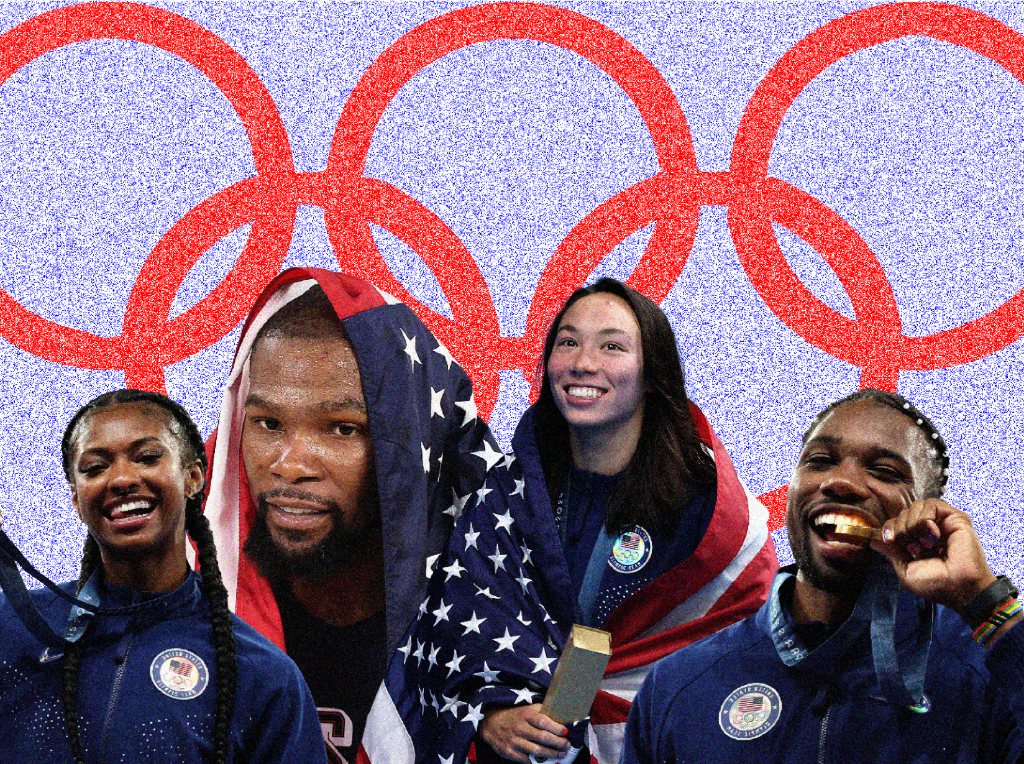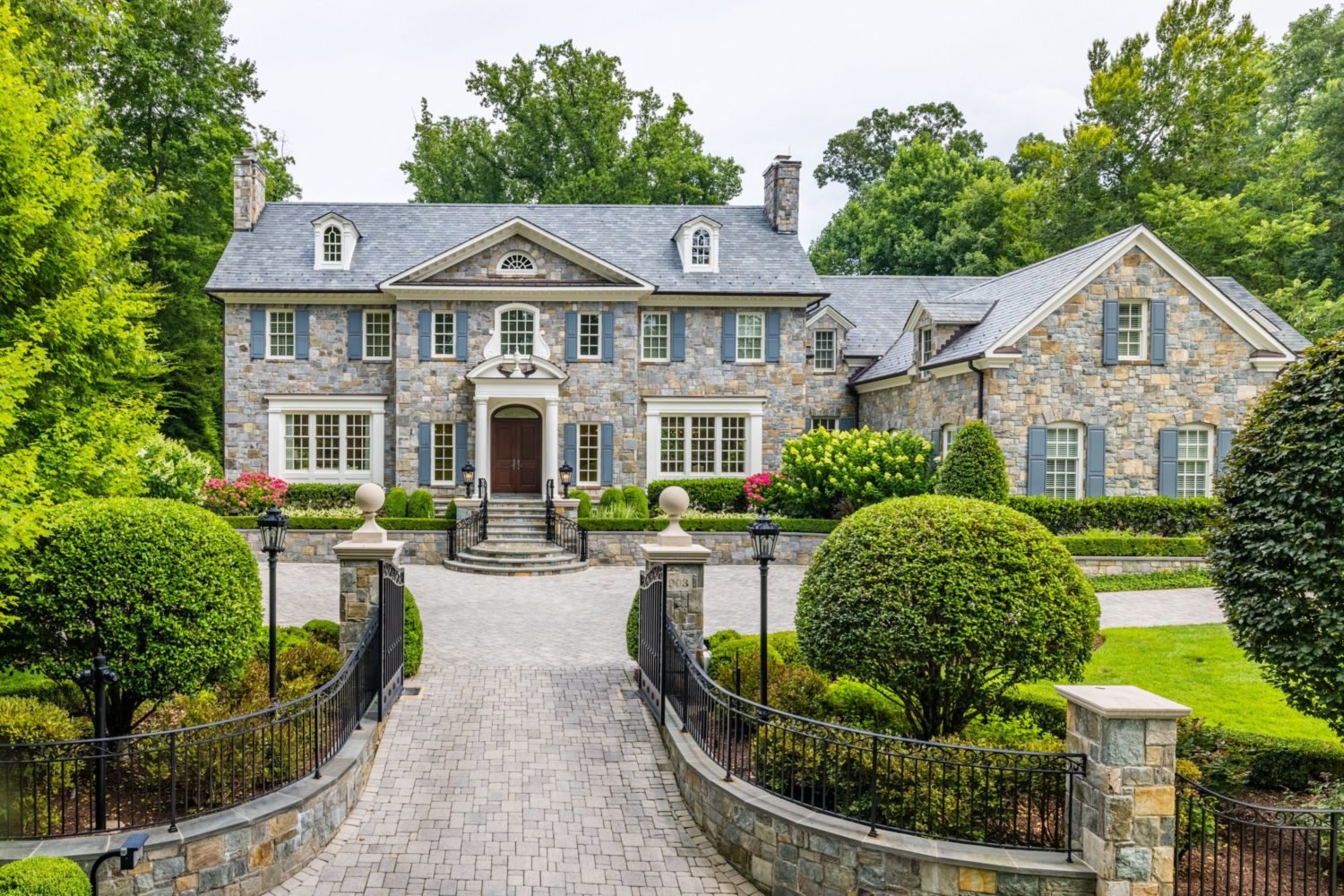The earliest colonists of this country longed to discover a navigable passageway from the Atlantic to the West. Though they never found such a Northwest Passage, the importance of establishing reliable and economical transportation to the heartland of what was then a primitive wilderness was never forgotten.
As the colonies formed a united group of states and sought to enhance their cohesiveness and solidarity, the Chesapeake and Ohio Canal was born. The canal would unite the country, they imagined, by reducing the time required for an east-west journey from weeks to a few days, and it would allow much larger loads of cargo to be transported at once, as merchants switched from wagons to boats.
Back in 1748, Virginia’s Lord Fairfax had ordered a survey of all of his holdings in the western sector of the colony. A member of his surveying team was George Washington, then 16. It was the first of Washington’s many trips up the Potomac and westward, and it kindled his interest in the area and in the potential of the Potomac Valley to strengthen the stability of his fledgling nation.
After the Revolutionary War, Washington returned to Mount Vernon intending to retire from public service. But he owned multiple properties across the Appalachian mountains and believed the Potomac to be the best route to the Ohio river and the West, so when Thomas Jefferson asked him to be president of the Potomac Company, he agreed. He would work to establish a trans-Appalachian waterway.
In 1823, a committee of representatives from mid-Atlantic states met in Leesburg, Virginia and approved the concept of the canal. This decision provided the venture with strong political backing and access to funding from federal, state, and private sources. The Chesapeake and Ohio Canal Company would be chartered in a measure signed by President James Monroe on his last day in office—March 3rd, 1825—and ground breaking would occur three years later, on the Fourth of July.
In 1829, work was begun on the Great Falls Tavern, which was to serve as both a lock-keeper’s house and a hotel. It was described at the time as: “A large hotel. The north addition was of three floors. On the first floor was a bar-room on the canal side, and a larger ballroom behind it. The second floor was divided into a number of individual and dormitory rooms, and the third floor houses a honeymoon suite. The south wing served as a quarters for the family of the lock-keeper. The first floor was used as a parlor while the second floor served as sleeping quarters.”
On August 7, 1829, the president of the C&O company nominated William Roberts to be the first lock-keeper at Great Falls. His tenure was remarkably brief by 19th-century standards. Local entrepreneur William Fenlon, who ran a packet boat ferrying passengers from Georgetown to Great Falls, wrote to the Company in November 1830 (sic): “ Your hous at the Grait falls if I coad connect it with the Packet Boat it would make more Room and Board. I could dine one hundred in the house at a time. If you make the same arrangements with me as your propose to make with Mr. Roberts I will keep your house in Stile.” In response, Fenlon was hired to replace Roberts on November 20, 1830.
In June 1831, US topographical engineers John J. Abert and James Kearney visited the Tavern and sent the following report back to the C&O Company: “At this lock we found an excellent hotel, kept by Mr. Fenlon. The house is built upon the ground of the Company, and with the Company’s funds, and it is a necessary, and great accommodation to those who visit this interesting work.”
Thirty years later, the Civil War began to bring trouble to the canal and its tavern. On October 4, 1861, the Montgomery County Sentinel reported: “A gentleman who was at the Great Falls, on Monday morning on business, informs us that a Confederate force, whilst passing up the Potomac on the other side, fired a number of shells across the river, the first of which passed through the Tavern at Crommelin, in which he was at the time. The second shell struck the lock-gate, near the house, killing four Federal troops, who were sitting on it. The troops scattered and ran all about the neighborhood. The officer in command ordered them to their guns, but they could not well get to them on account of the firing. Not a gun was fired from this side. We learn that eleven of the Federals were killed… And this is the truth aboutthat battle.”
***
During the war, Union troops charged with defending the nation’s capital, were encamped near the tavern. The 71st Pennsylvania infantry regiment was bivouacked on this site, and as a Private named McCleary washed his mess kit in a stream adjacent to the tavern, he discovered gold.
After the war, in 1867, McCleary organized a group to buy the land at Great Falls where he had “struck pay dirt.” His company drilled a 100-foot-deep shaft and initially recovered seven ounces of gold. His shaft continued to be mined intermittently until 1951, but it never became a commercial success, and it was ultimately sold. Small specimens of gold are occasionally found in the area today, and the remnants of the original shaft remain visible a short distance from the tavern.
***
Through the war years and beyond, lock keepers at the tavern played a critical role in canal operations. They worked from “dawn to dawn” to lock-through approaching canal boats. They listened for boatman’s horns and cries of “HEY-Y-Y, Lock!” at all hours of the day and night. The actual locking-through of a boat meant consecutively opening, closing, and re-opening lock-gates, all the while using ropes to “snub” the boat, to prevent it from colliding with the gates. To make sure nothing went awry, lock keepers were required to man their locks at all times—they could only leave with the permission of a superior. And in their free time, they were responsible for maintaining the canal grounds. They even had to remove trees and dead animals that could impede navigation from the water.
In return, they made $150 per year, plus free housing at the tavern and permission to plant a garden on the premises. Given the job description, it’s not surprising that alcoholism was common among lock-men!
The lock keepers weren’t the only ones working long hours under less-than-splendid conditions. Transiting boatmen and their wives and children also lived tough, dangerous lives—in 12 x 12-foot boat cabins. They slept on hay mattresses and cooked over coal-burning stoves. They made 25 trips a year from Cumberland to Georgetown and back and made $25 per trip. A journey from Cumberland to Georgetown that now takes just over two hours by car took seven days (18 hours each) by boat. And since drownings among boatmen and their families were endemic, small children spent much of that time chained in place.
All of this hard work paid off for a while—the canal began to turn a profit after the war, and in the 1870s, there were as many as 100 boats a day locked-through at the tavern. But as the railroad system began to really flourish in the 1880s, revenues at the canal declined. In 1889, nature provided the final nail in the canal’s coffin—a devastating flood in the Potomac Valley inflicted serious damage to its resources, and it never fully recovered. Some operations were maintained into the 1920s, and though the federal government acquired the canal in 1938, it wasn’t truly saved until President Nixon designated it a National Historic Park on January 8, 1971.
Now, the storied tavern at Great Falls is a museum, from which visitors can take short mule-drawn boat rides through the locks or walk or bike along the tow path. And though the canal is sometimes called America’s loveliest failure, I think of it and the Great Falls Tavern as stirring examples of the vision, enterprise, and energy that seems to have always guided our country.
Dr. John F. Potter is a 1949 graduate of Georgetown Medical School and a veteran of both World War II and the Korean War. He is a former National Cancer Institue researcher and Georgetown Medical School surgery professor, who founded the Lombardi Comprehensive Cancer Center in 1970. Now retired, he lives in Potomac with his wife, Tanya.









